What is the effect of the distillation process on shochu?
/The single distilling method, which usually is used for Otsu-rui shochu, can involve two different methods:
- Normal pressed distillation
- Decompression distillation
A normal pressed distillation is the traditional method. It works in the same way as boiling water. The moromi, which is fermented with koji, water, yeast and raw material, is boiled up to 194°F - 212°F (90 ℃ - 100 ℃) by steam. Much of the liquid within the moromi vaporizes as a result.
That vapor is made up of several components including water, alcohol, organic acids, amino acids and vitamins (there are more than 100 kinds.) Since high temperature evaporation is involved, the process produces many components that include furfurol (A colorless oily liquid, C4H3O.CHO, with a pleasant odor, obtained by the distillation of bran, sugar, etc., and regarded as an aldehyde derivative of furfuran.)
This distillation method creates a thick/rich taste, strong flavor, and an enjoyable aroma from the ingredients.
Decompression distillation appeared more recently. This method is used as a way to drop the boiling point. The boiling point is usually 212 °F (100 ℃), and moromi can be boiled at 194 °F (90 ℃ But if atmospheric pressure is reduced by creating a vacuum in a distillation machine, the boiling point is also reduced, and moromi can be boiled at 122 °F (50 ℃)
Shochu made by decompression distillation is mild, clean and light since it was distilled at low temperatures.
A long time ago, shochu was well known as a strong alcoholic beverage usually made by normal pressure distillation. Not all people like shochu, But the shochu image is changing to that of an easy-to drink-beverage, especially for women, because of the mildness resulting from decompression distillation. This method is commonly used for shochu made with kome (rice), mugi (barley) or soba (buckwheat.)












